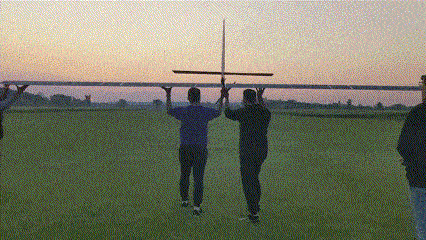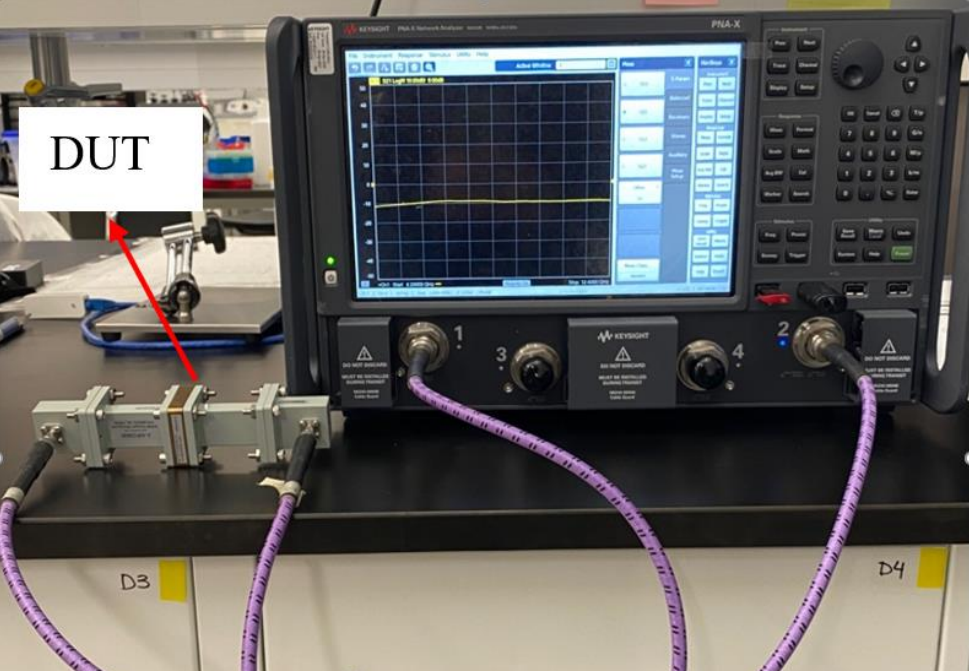CREATeV Website: Link
Superwake Website: Link
AALF Website: Link

As a key contributor to the CREATeV (Clean Renewable Energy Aerial Test Vehicle) project, I helped design and develop a solar-electric aircraft capable of ultra-long duration flight, achieving a record flight time of 32.5 hours. This project required advanced system integration, real-time control, and energy management to optimize performance under varying environmental conditions.
The CREATeV project, funded in part by Environment and Climate Change Canada, demonstrated the potential of renewable energy in aerospace applications. The aircraft’s quiet electric motors and extended flight duration make it ideal for wildlife surveying, fire detection, and other environmental monitoring tasks. My role involved optimizing flight strategies to maximize operational efficiency and data collection.
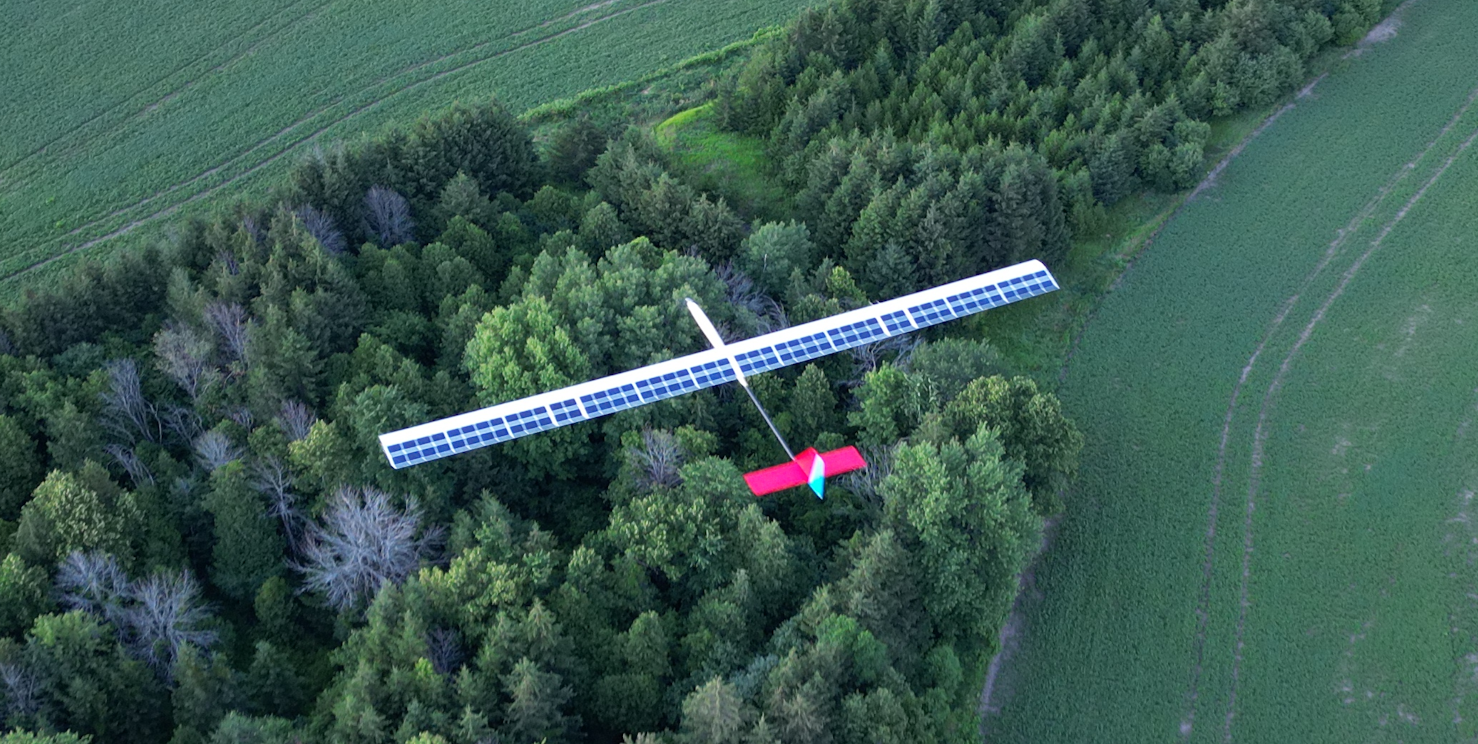
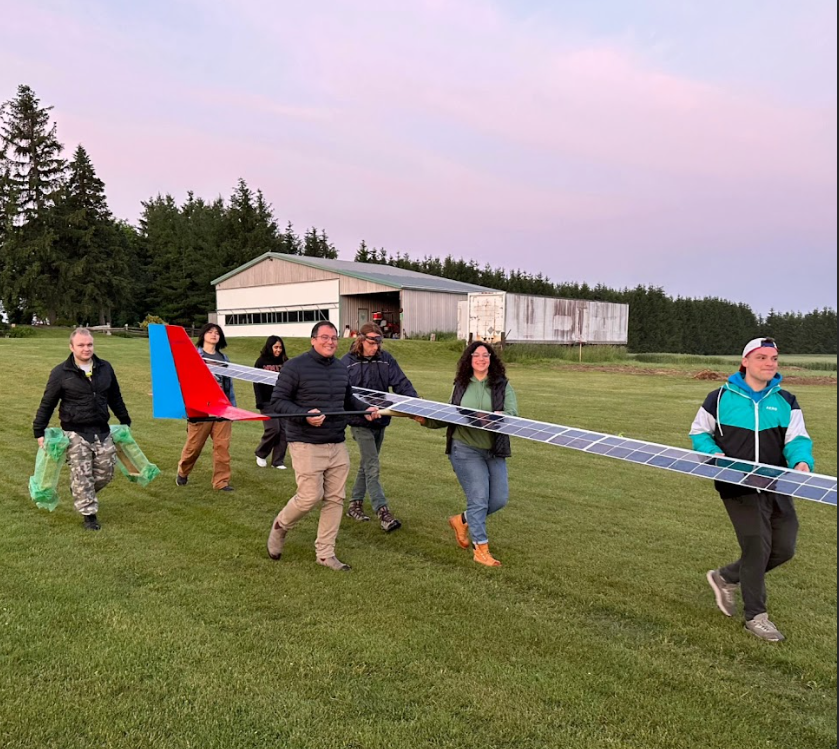
The CREATeV project involved a multidisciplinary team of engineers, each responsible for different subsystems. My primary responsibilities included developing daytime flight strategies and improving state estimation accuracy by tuning the Extended Kalman Filter (EKF). This work ensured precise navigation and control during long-duration flights.
To maximize daylight hours for flight testing, pre-flight assembly and system checks were performed hours before sunrise. This involved coordinating with the team to ensure all systems were operational, including the solar panels, battery management system, and flight control software. Attention to detail and systematic approach ensured successful test flights.
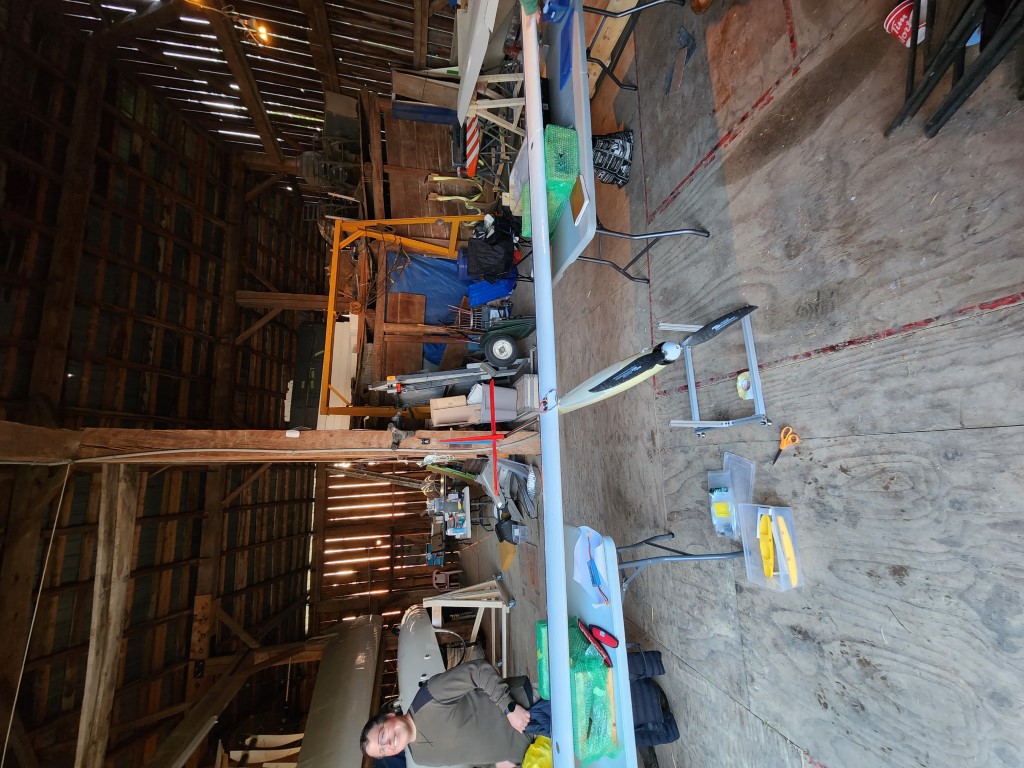
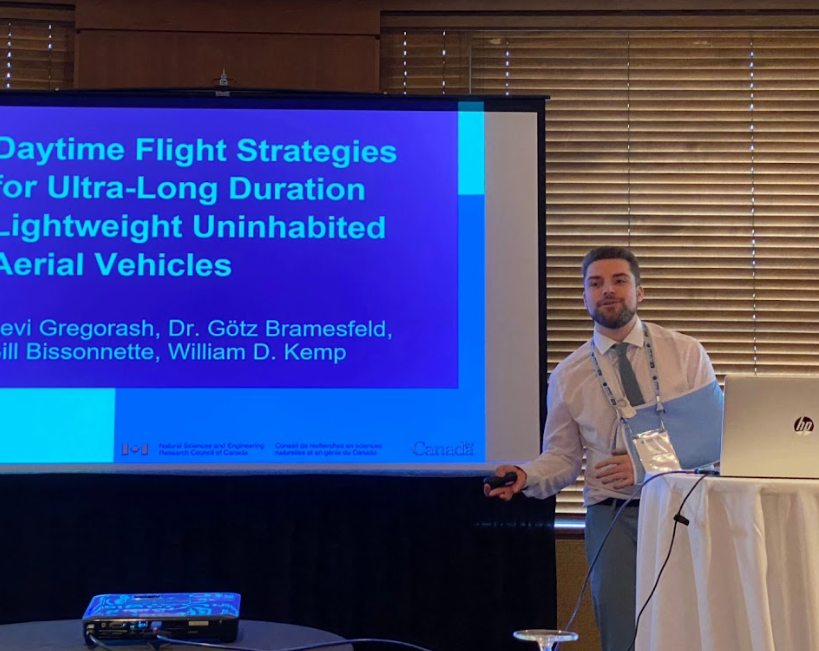
I presented my research on daytime flight strategies at the CASI AERO 2023 conference, highlighting the use of real-time wind estimation and model predictive control (MPC) to optimize flight performance. This work demonstrated the potential of lightweight UAVs for long-duration missions and showcased my ability to communicate complex technical concepts to a professional audience.
During my planned flight tests I managed the ground station system for the CREATeV project, which monitored live telemetry data during flights. Using ArduPilot for autopilot control and MissionPlanner for ground station operations, I ensured seamless communication between the aircraft and the ground team. All raw flight data was logged on an onboard SD card for post-flight analysis, enabling continuous improvement of flight strategies.

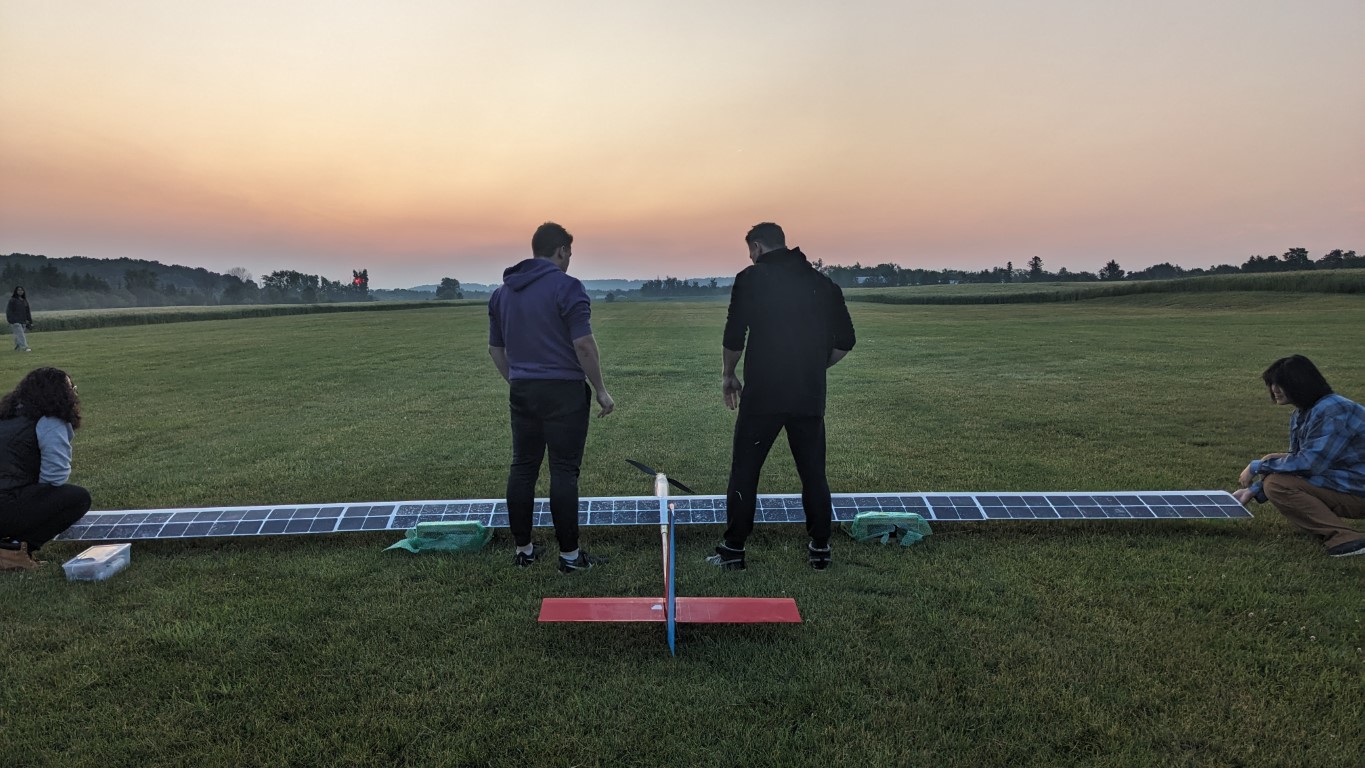
The CREATeV aircraft required a team of five for hand-launch operations, including two runners, two support members, and one pilot. As one of the runners, I played a critical role in ensuring successful takeoffs, often in slippery conditions prior to sunrise. This experience highlighted my ability to work effectively in high-pressure, team-oriented environments.
